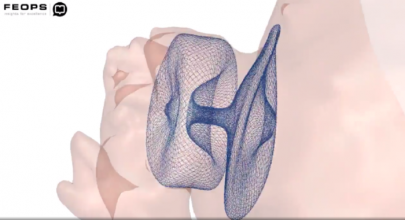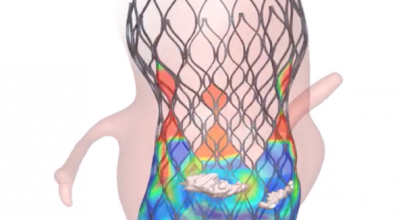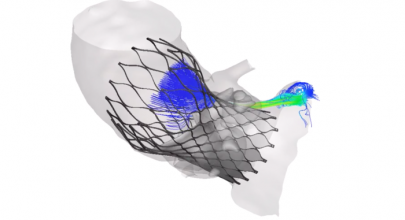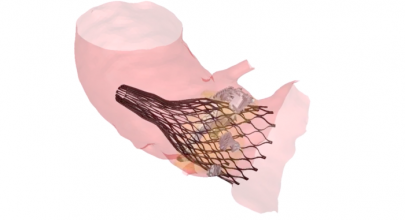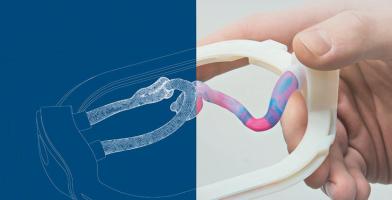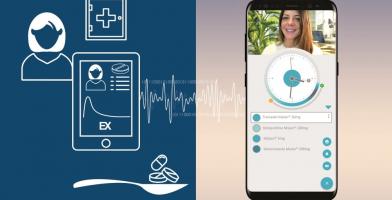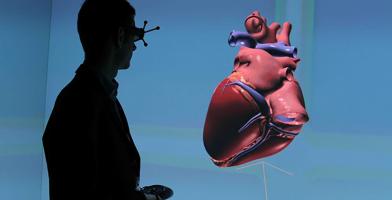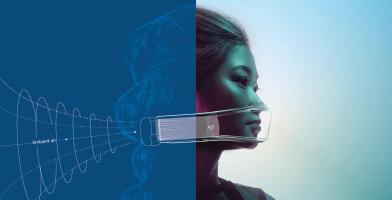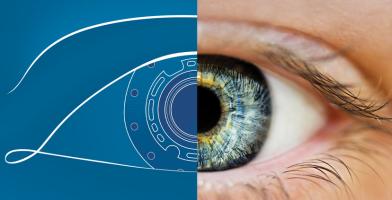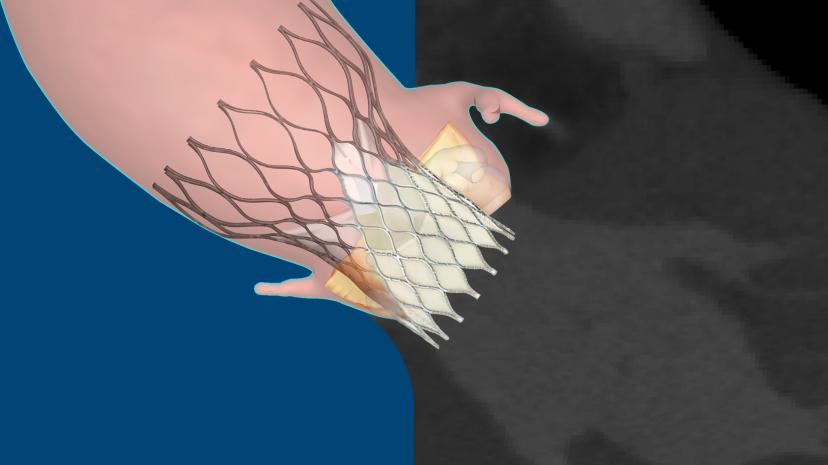
FEOPS
Revolutionizing structural heart interventions through data-driven use of cardiac imaging

IF WE revolutionize structural heart interventions, can we improve clinical outcome and accelerate time to market?
FEops offers the first and only patient-specific simulation technology for structural heart interventions, surpassing basic anatomical measurement by accurately predicting how devices will interact with each unique patient. Our end-to-end solution adds value at every step in the structural heart product life cycle, helping manufacturers accelerate time to market and offering insights that help physicians achieve better patient outcomes.
Revolutionizing structural heart interventions trhough data-driven use of cardiac imaging
FEops' cutting-edge technology transforms cardiac images into digital twins, virtual copies of the heart or its substructures. With this technology, FEops aims to improve and expand personalized treatment for patients with structural heart disease. It's FEops vision that combining digital twins with AI)enabled anatomical analyses generates data-driven insights aspring to enhance and improve procedure planning and periprocedural guidance. The CE-marked FEops HEARTguide™ technology enables healthcare professionals to improve both procedure efficiency and clinical outcomes. It also empowers Medtech copanies to bring superior products to the market faster than ever before.
FEops HEARTguide™, going beyond traditional procedure planning for structural heart interventions.
BREAKTHROUGH IDEA
- Trnsforming cardiac images into digital twins
FEops HEARTguide™ simulations offer a detailed look at how a divice interacts with a specific patient before they ar even on the table. The insights revealed let the physician determine the optimal size and position for the device, helping to reduce risks and improve procedure efficiency.
- Going beyond simple anatomical measurement
FEops HEARTguide™ simulations gives more detailed insights than the current, manual "rigid-device overlay" technique to understand how a specific implant interacts with a patient's anatomy.
- Offering a quality controlled, validated and AI-enabled anatomical analysis
FEops HEARTguide™ is the only stand-alone, cloud-based platform that combines the advantages of digital twins with cutting-end AI technology for planning structural heart interventions.
More exciting innovations in the FEops pipeline
- working on adding other structural heart interventions
Besides the CE marked FEops HEARTguide™ platform for planning of TAVI and LAAo interventions, FEops is working on adding personalised simulations for replacement therapies for the different heart valves: transcatheter triscuspid valve replacement (TTVR).
- Enhancing AI algorithms for consistency and speeed
Based on quality controlled, validated and AI-enabled anatomical analysis, FEops provides consistent and accurate data to optimize planning in mere minutes.
- Going beyond pre-operative planning
Fusion of FEops' simulations with live preoperative fluoroscopic images, bringing them inside the cath lab, and enabling the physiscian to position the device at the precise location that was determined preoperatively.
POSITIVE IMPACT ON THE SOCIETY
GOAL 3 : GOOD HEALTH AND WELL-BEING
FEops ensures healthy lives and promote well-being for all at all ages. FEops HEARTguide cloud-based procedure planning environment uses predictive simulation to provide clinicians and medical device manufacturers with first-ever insights into the interaction between transcatheter structural heart devices and specific patient anatomy –preoperatively

BENEFITS TO USE THE 3DEXPERIENCE PLATFORM ON THE CLOUD
- On-demand, cloud-based software and hardware facilities that will be essential for scalability and streamlined delivery of FEops HEARTguide™
- 3D multiphysics simulation for the most accurate and personalized predictive insights into patients’ device-heart interactions
- The potential to incorporate data science and machine learning into FEops HEARTguide™ processes thereby significantly reducing turnaround times
PLAY 3DEXPERIENCE
Meet the team
-
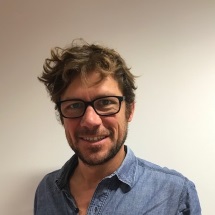 Matthieu De BeuleCEO, co-founder and member of the board of directors
Matthieu De BeuleCEO, co-founder and member of the board of directors -
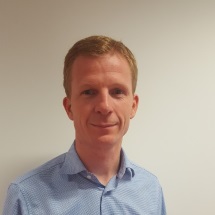 Peter MortierCTO, co-founder and member of the board of directors
Peter MortierCTO, co-founder and member of the board of directors -
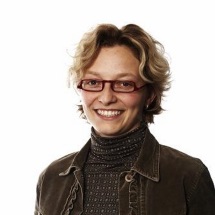 Isabelle DecroosCFO
Isabelle DecroosCFO -
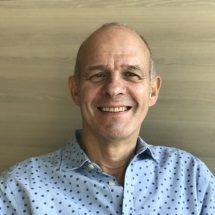 Christian VincentDirector of therapy development
Christian VincentDirector of therapy development -
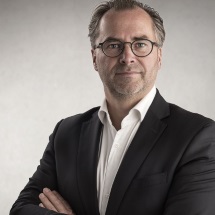 Nico UwentsDirector of business development
Nico UwentsDirector of business development
Similar projects
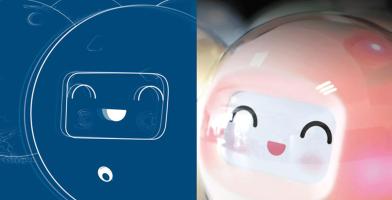
LEKA
IF WE give robotic companions to children, can we spark interaction & motivation to learn, play & progress?
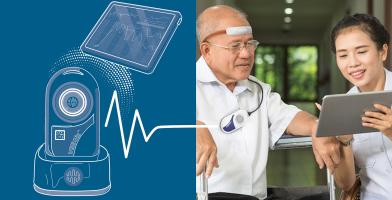
NEUROSERVO
IF WE detect neurological pathologies early using a brain-wave capturing device, can we save patient lives and reduce hospital costs?
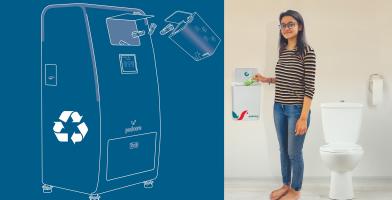
PADCARE LABS
IF WE embrace circular economy to dispose of sanitary napkins, can we empower women while reducing impact on the planet?
Submit your project
Do you think your project is the next big thing?
Join the team !
